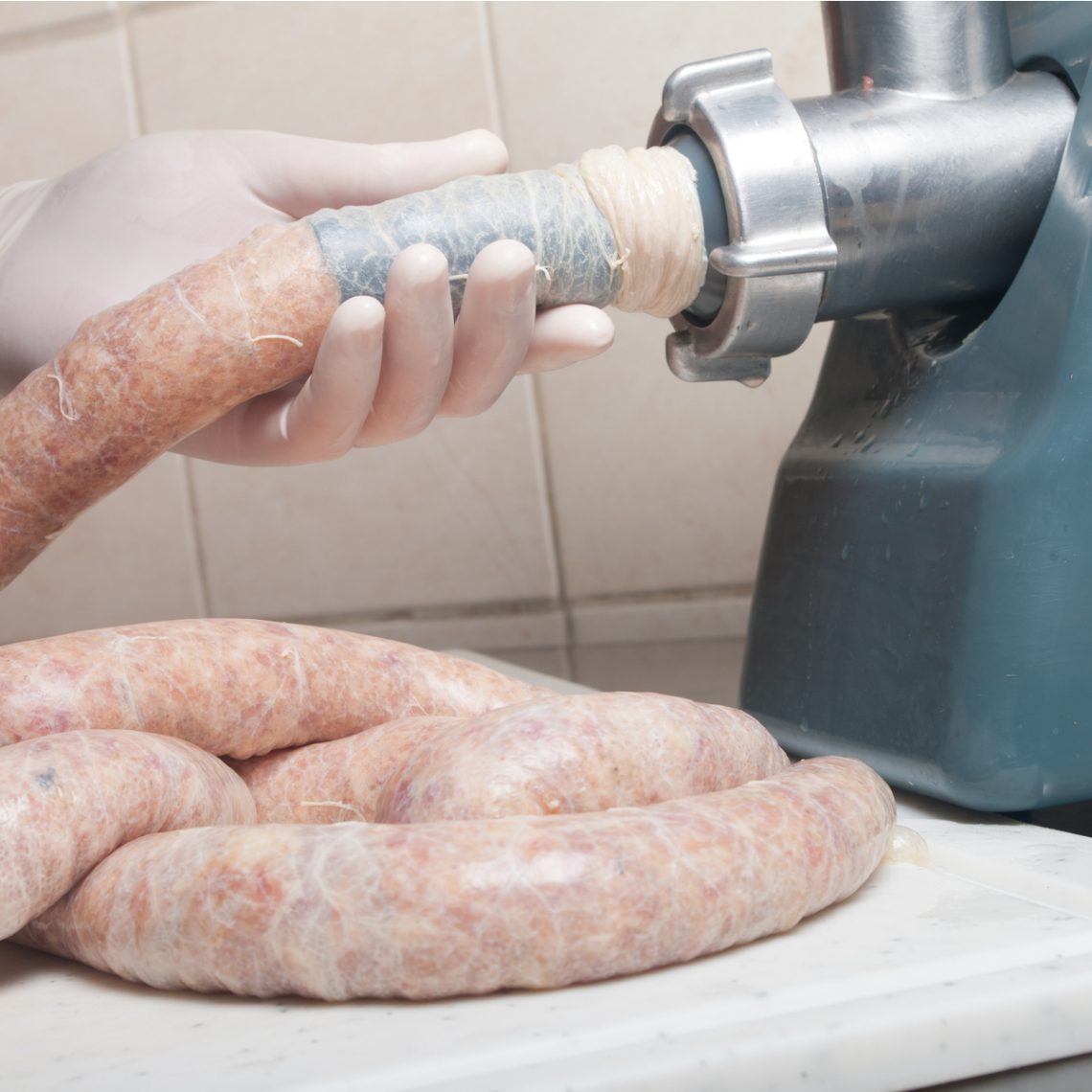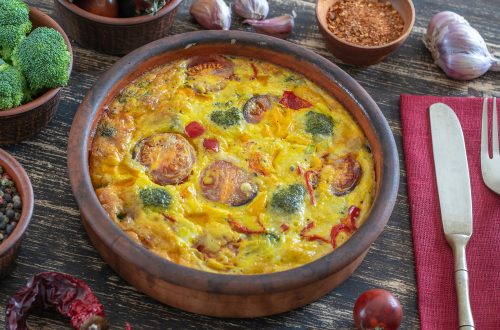
Making Sausage the Right Way
If only making laws were like making good sausages, we could all feel a lot better about the way our government operates. Back in the 1860s, German Chancellor Otto von Bismarck reportedly said, “Laws are like sausages. It is better not to see them being made.”
Because many of us, including me, are looking for new projects, maybe sausage-making could be fun and creative. It’s not complicated, especially if you have the right equipment, and you can experiment with your own preferred flavors, meats, vegetables, spices, and so forth.
The ingredients
So, what makes a good sausage? I went to a trusted source: my good friend and high school classmate Lyle Headon, who’s been making sausages for more than half a century. Headon’s Fine Meats in Creston, the town closest to my family’s farm in Illinois, makes a lot of sausage – enough to supply 33 Casey’s convenience stores and several supermarkets, not to mention his own. I’ve tasted them, and they’re great sausages. His specialty is bratwurst.
I wanted to know what makes a good sausage, so we chatted for about a half an hour about the finer points of creating that tube of ground meat. Like most foods, the best flavor comes down to top-shelf ingredients, careful preparation, and a commitment to details and continued quality.
Lyle begins with the best fresh pork possible: either pork butts or shoulders from local butchers. The meat, he says, should have a “pinkish” color, with white fat.
“We want meat that provides the best flavor and texture in a sausage,” he said. “We like pork butts with the bone in. We like to bone them ourselves because it’s more flavorful meat. You take the bone out of the meat, not the meat out of the bone.”
Once boned, the pork is trimmed, with the goal of achieving that ideal mix of 80 percent meat and 20 percent fat for the sausage. For the flavoring, Lyle suggests going with A.C. Legg’s seasonings. This Alabama company offers more than 30 different sausage seasonings for making everything from simple pork sausage to andouille, chorizo, and even kielbasa and bangers. Each packaged blend includes instructions. And don’t be afraid of the small amount of monosodium glutamate in the seasoning mix. That keeps the pork from spoiling.
Lyle says that sprinkling the seasoning dry on the meat before grinding may be easier, but some people add the spice mix after grinding while mixing in a little water. The challenge is that too much water or mixing will mean a loss of flavor. “Think of your breakfast cereal. You want to add a little milk, but you don’t want to mix it around a lot,” he says.
The grind
He likes to grind his pork just once with a 1/8-inch grinding plate. “If you’re going to stuff it into casings, you want to grind it a little coarser. We use a 3/8-inch plate,” he said. “And your butcher will probably have some casings. You’ll need to have the sausage stuffing attachment for your food grinder, but the fun is twisting them when they come out of the horn.”
For good sausage, you want your meat as coarse as possible. The exception to this occurs when you’re smoking the sausage before eating. That’s when your meat should be ground to a little finer texture. Lyle should know. He makes about 1,000 packages a week of beef sticks – that’s beef with a little pork included to give the package a little more moisture (5 beef sticks in a package).
If you’re of a mind to try making your own sausage, KitchenAid is offering grinders and various attachments for standing mixers on sale. If you go down this road, let me know how you make out. Now, if we could get more of that quality and purity into the making of laws…
To comment, please click on “Read in Browser” or on the headline to view the blog on the website. You can log in and comment at the end of the blog to share your thoughts and start a discussion.
If you’d like to share the blog, click on the Facebook icon or one of the others. Thanks!





2 Comments
Chuck Kennedy
How about making cheese, preferably hard?
Lvivforum.pp.Ua
Right here is the perfect site for anyone who really wants to
find out about this topic. You know a whole lot its
almost tough to argue with you (not that I really will need to…HaHa).
You definitely put a new spin on a subject that’s been discussed for ages.
Great stuff, just excellent! https://Lvivforum.pp.ua/